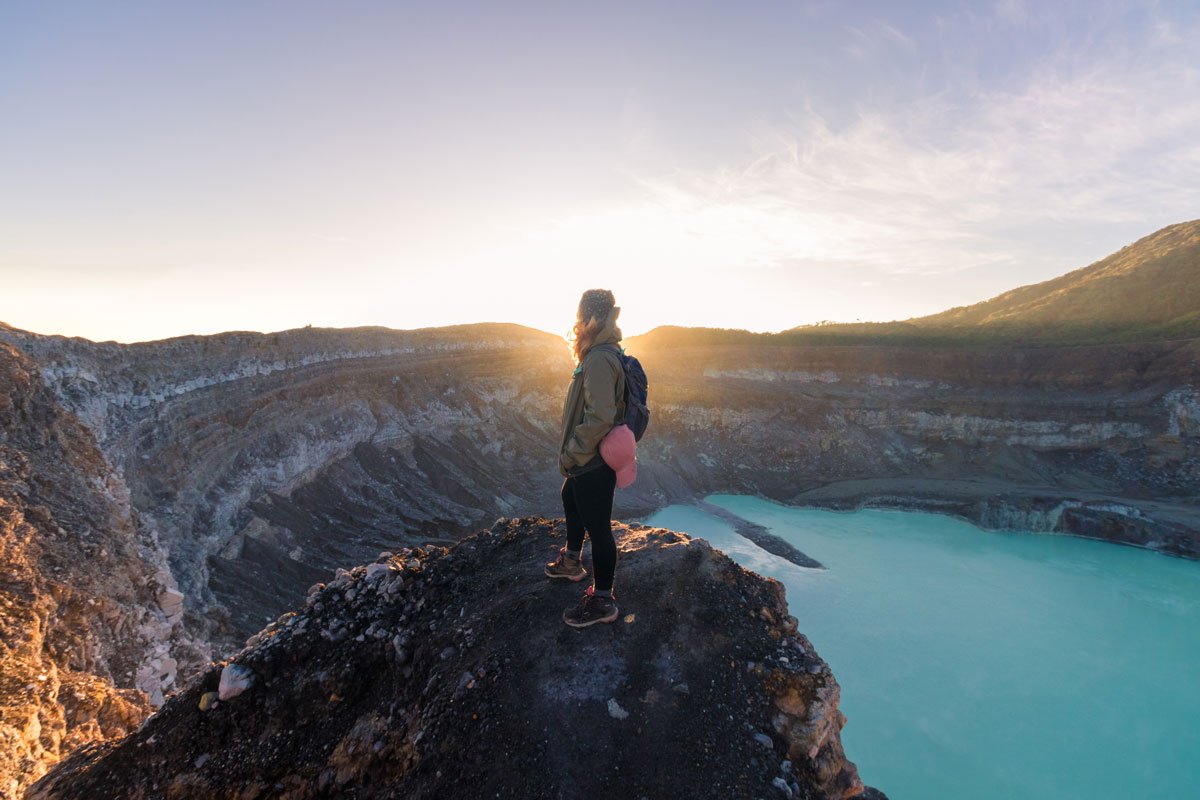
Costa Rican Agriculture: From Coffee to Bananas
Costa Rica’s agriculture is one of its most important natural resources, contributing significantly to its overall economy. Home to over 5% of the world’s biodiversity, along with impeccable climate conditions and numerous ecological zones, Costa Rica’s soil and climate are ideal for rich agricultural production. Roughly 36% of Costa Rica’s land is zoned for agriculture, contributing to 14% of the country’s job force. The nation’s agricultural sector is a vibrant tapestry of diverse crops that sustain its economy and support its reputation as an environmental leader.

Celebrating Virgen de Los Angeles Day: Costa Rica’s Revered National Holiday
Costa Rica comes alive every August 2nd for Virgen de Los Angeles Day. This deeply rooted religious and cultural celebration honors the Virgin of Los Angeles, the patron saint of Costa Rica. The holiday, one of the most significant in the country, draws over a million people to the city of Cartago in a remarkable display of faith, tradition, and community spirit.

A Brief History of Costa Rica: A Journey to Independence and Modern Success
Beginning in the 15th century, Spanish missionaries began colonizing Central and Latin America, claiming the region as part of the Spanish empire. Central America established its independence from Spain in 1821, and Costa Rica’s history formally began in 1823 as a part of the United Provinces of Central America. Costa Rica later declared its independence on August 30, 1848, establishing itself as a formal nation.
San José Spotlight
At the heart of the country, geographically, culturally, and socially, San José is the capital and most significant city in Costa Rica. The Juan Santamaria Airport is one of two international airports, and is a likely port of entry for most international travelers. If you do begin your journey in San José, we highly recommend you spend a few days exploring its various barrios or neighborhoods. Like any other metropolis, each of San José’s barrios has its own flavor, with varying histories, demographics, and concentrations of activities to explore.
Guanacaste Day: The Annexation of Nicoya
Many Latin American countries celebrate an Independence Day annually, filling the streets with festivals, parties, and parades. While the Costa Rican Independence Day takes place on the 15th of September each year, Guanacaste Day is celebrated on the 25th of July, celebrating the annexation of the territories that now comprise Guanacaste Province from Nicaragua to Costa Rica.

What are Costa Rica’s Major Regions?
Only 9 degrees north of the equator, Costa Rica is a small country, sharing its borders to the north with Nicaragua and to the south with Panama. Despite its size, Costa Rica is lined by the Caribbean Coast to the east and the Pacific Coast to the west. Predominantly comprised of national parks, 25% of the country’s land mass is protected, boasting over 5% of the world’s biodiversity. Costa Rica has seven distinct provinces, each with its own climate zones, native biodiversity, and terrains.

General Safety & Exit/Entry Requirements for Costa Rica: A Practical Guide

Cartago: Spiritual Haven
Nestled in the Central Valley, Cartago beckons as a province of profound history and spiritual significance, inviting travelers to explore its sacred landscapes.

Limon: Caribbean Essence
Limon, with its Caribbean allure, invites travelers to savor the vibrant culture, pristine coastlines, and unique biodiversity that define this enchanting province.

Heredia: Coffee Paradise
Heredia, surrounded by sprawling coffee plantations and verdant landscapes, beckons travelers to immerse themselves in a haven for nature enthusiasts and coffee connoisseurs.

San Jose: "Urban Elegance"
San Jose, the bustling capital of Costa Rica, seamlessly combines urban sophistication with cultural treasures, inviting travelers to explore its vibrant streets.

Puntarenas: the longest coastal province
Stretching along the Pacific coastline, Puntarenas invites travelers to experience its coastal splendor, where bustling ports and natural beauty converge.

Alajuela: Nature’s Gateway
Alajuela, known as nature's gateway, invites travelers to witness the stunning landscapes and natural wonders that define this picturesque province.

Guanacaste: "Sunset Paradise"
Welcome to the mesmerizing province of Guanacaste, where every day concludes with breathtaking sunsets, and golden beaches stretch as far as the eye can see also home to one of the blue zones.

Nature's Playground: Unveiling Costa Rica's Wonders
An Overture of Biodiversity:
Costa Rica, often hailed as nature's playground, invites you to immerse yourself in a symphony of biodiversity. As you step into this ecological haven with Nature Ways Travel, prepare to be captivated by the myriad wonders that define Costa Rica's natural beauty.

The meaning of Pura Vida
In the heart of Central America, where the rhythms of life intertwine with the vibrant hues of nature, lies a phrase that echoes through the hills and valleys of Costa Rica – Pura Vida. More than a mere greeting or slogan, Pura Vida is a way of life, a philosophy that encapsulates the very soul of this enchanting land.
